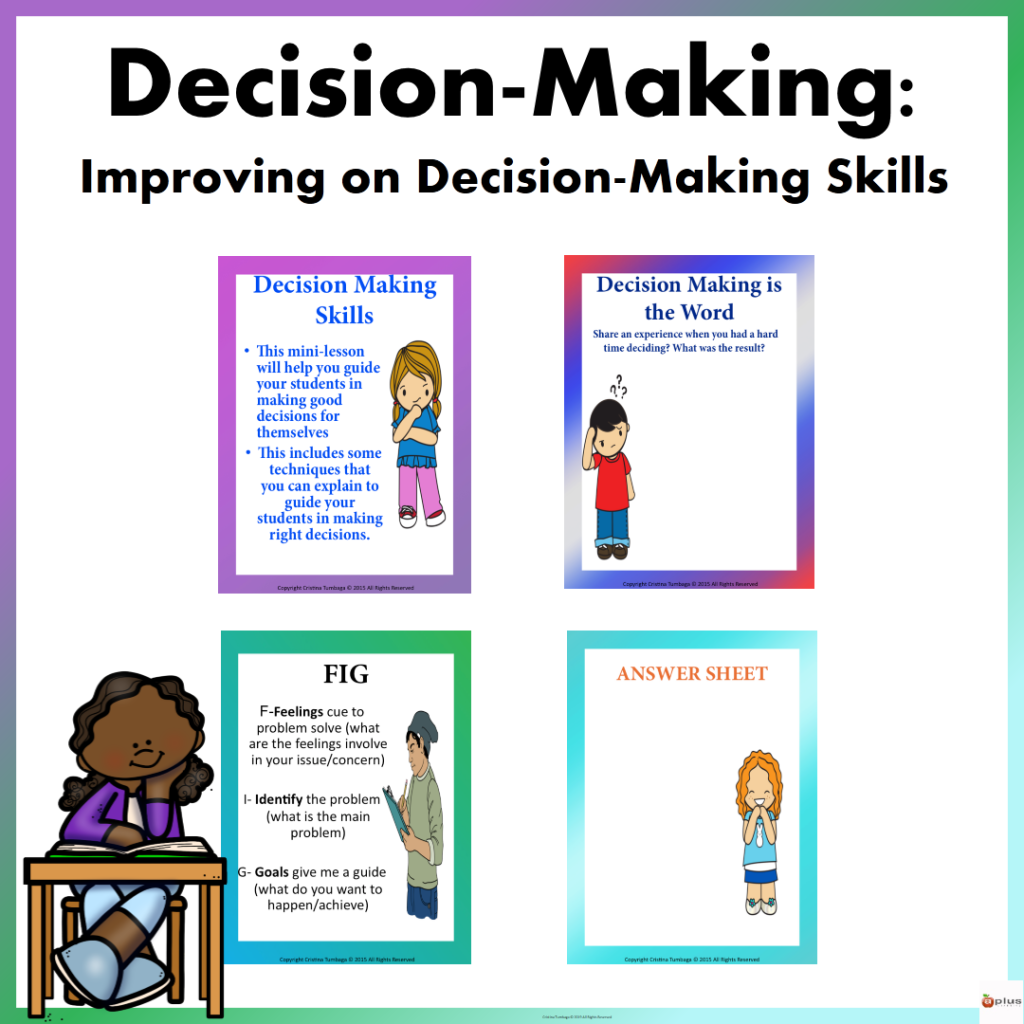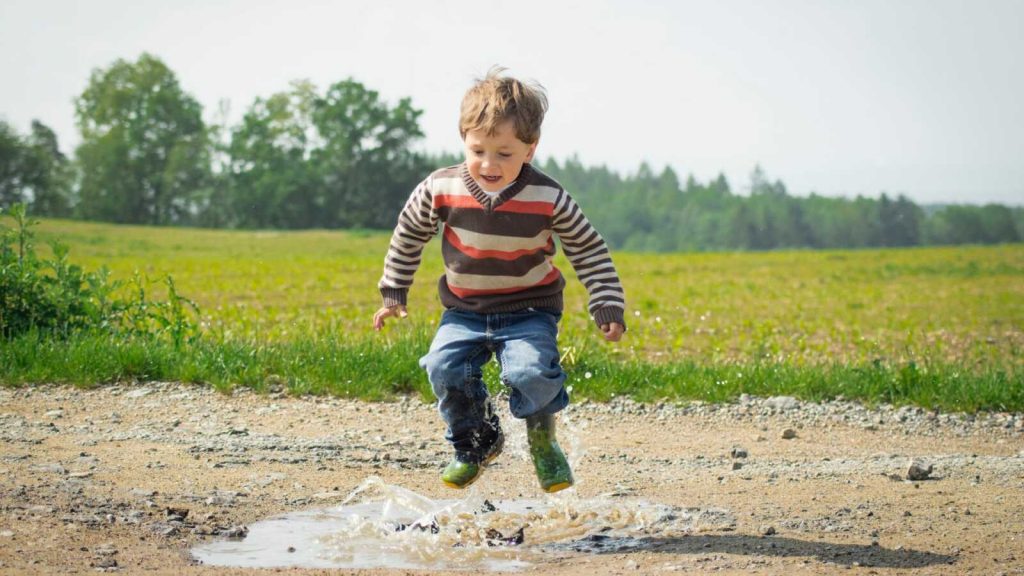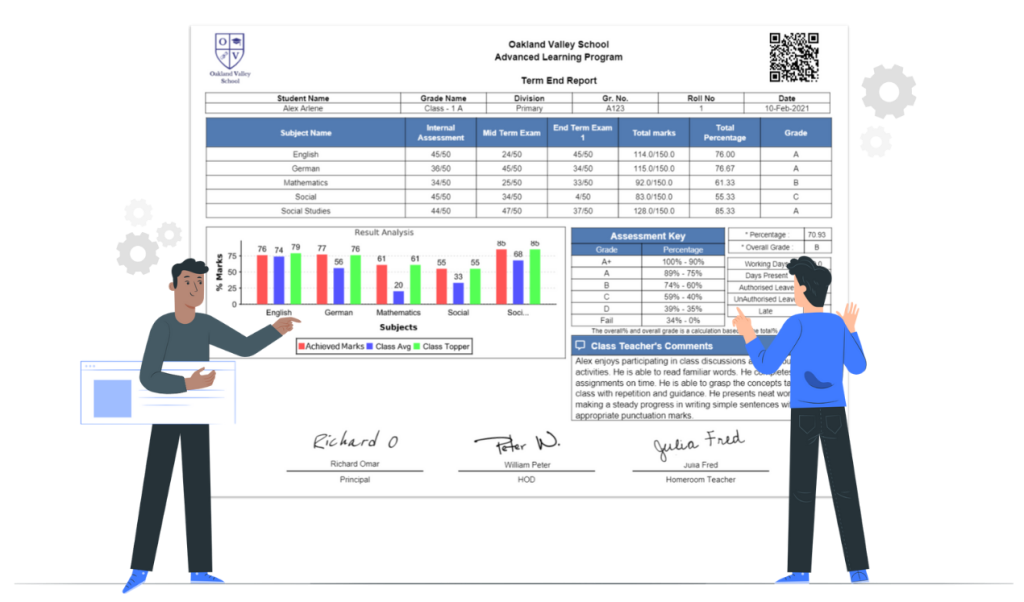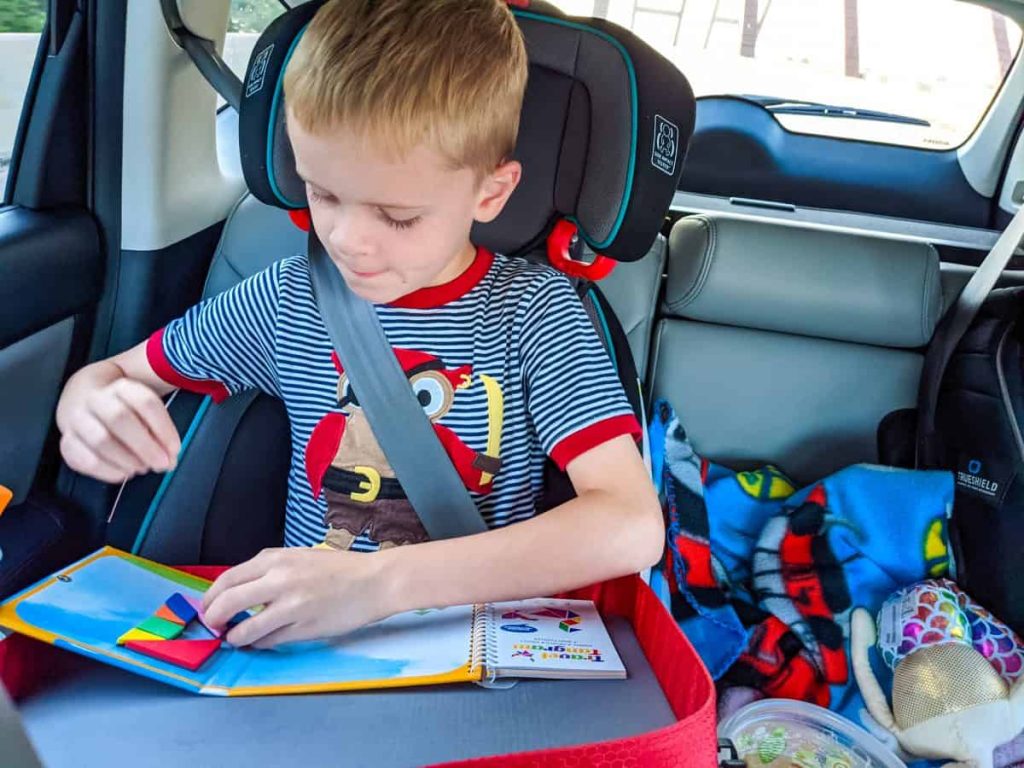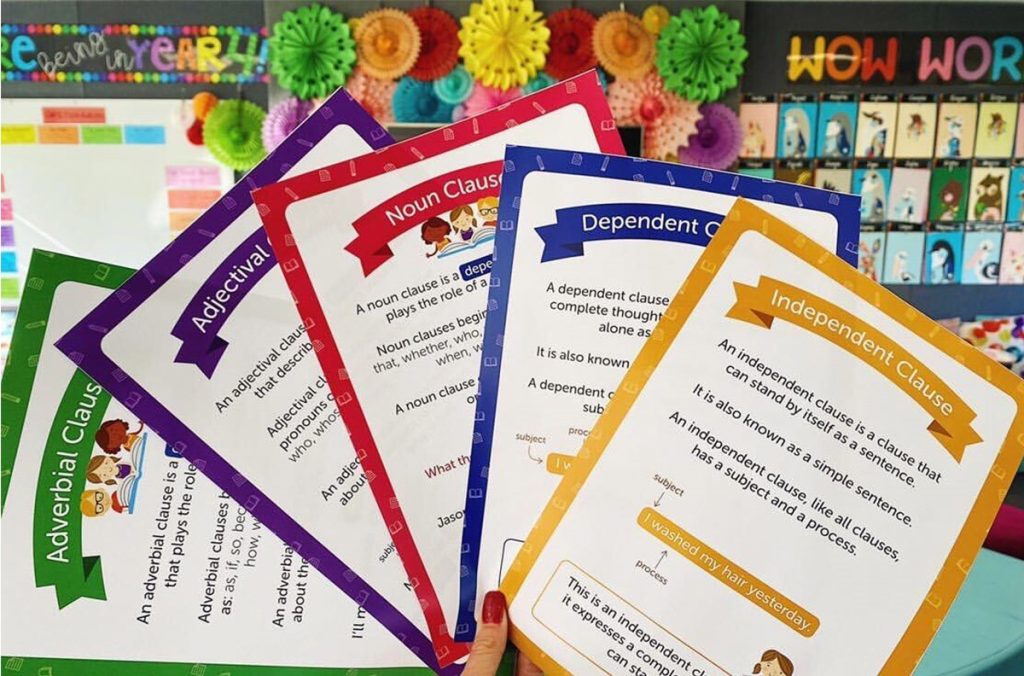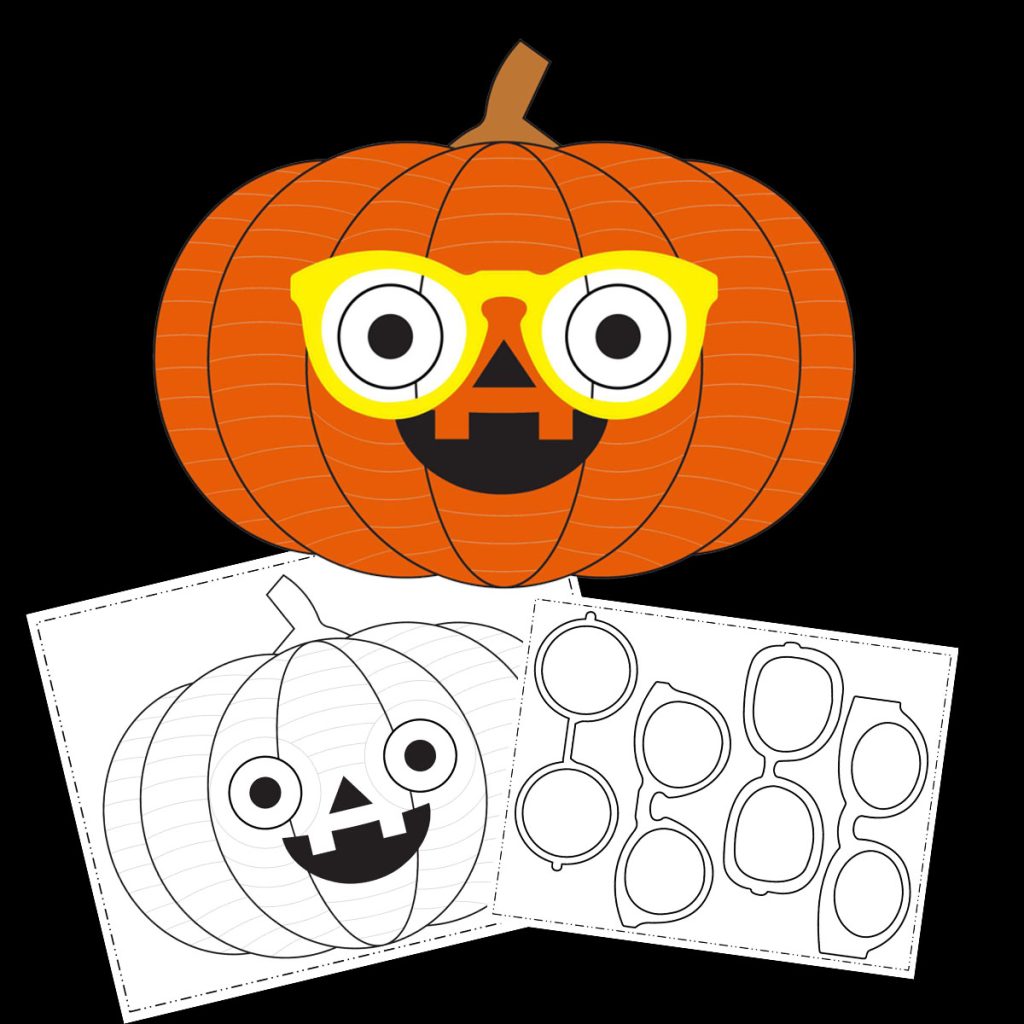Engaging students in the classroom can sometimes be a challenge, but with a few fun and creative strategies, educators can capture students’ attention and make learning an exciting adventure. Here are some practical tips for teachers looking to spice up their classroom atmosphere:
1. Gamify Learning: Turn your lesson plans into interactive games. Use points, leaderboards, or educational challenges to promote healthy competition and engagement. For example, you could create a vocabulary scavenger hunt or a math relay race.
2. Incorporate Technology: Embrace the digital age by using apps and online tools to create interactive lessons. Encourage students to create digital presentations or use educational software that makes learning stimulating.
3. Group Work with a Twist: Group activities encourage collaboration and communication. However, adding unique roles or unexpected elements can make these exercises more engaging. Try assigning each group member a specific role like ‘researcher’, ‘presenter’, or ‘fact-checker’ to keep things interesting.
4. Think-Pair-Share: This cooperative learning strategy gives students time to think about a question before sharing with a partner and then the entire class. It allows for individual thought and peer-to-peer teaching.
5. Brain Breaks: Short, energizing activities can help reset focus and attention in the classroom. Incorporate 5-minute stretch sessions, mindfulness exercises, or quick improvisational games in between lessons.
6. Mystery Boxes: Use mystery boxes filled with objects related to the day’s lesson plan to pique curiosity. Students can ask questions and guess what’s inside, leading up to the reveal that ties into the new topic.
7. Role-Playing: Students can act out scenarios relevant to the subject matter, which helps them understand complex concepts from different perspectives while engaging in a fun activity.
8. Interactive Storytelling: Turn parts of your lesson into a story that students can contribute to, perhaps adding elements on the fly or voting on what happens next in the tale.
9. Visual Aids that Pop: Visuals are powerful tools for engagement — use colorful charts, mind maps, or infographics that grab attention and help visualize information.
10. Surprise Elements: Bring an element of surprise — a guest speaker, an unexpected twist in the lesson plan, or even occasional treats — anything that shakes up the routine can refocus attention.
Implementing these tips will not only create an enjoyable learning environment but also foster an atmosphere where students are more involved and motivated to participate in their education.




